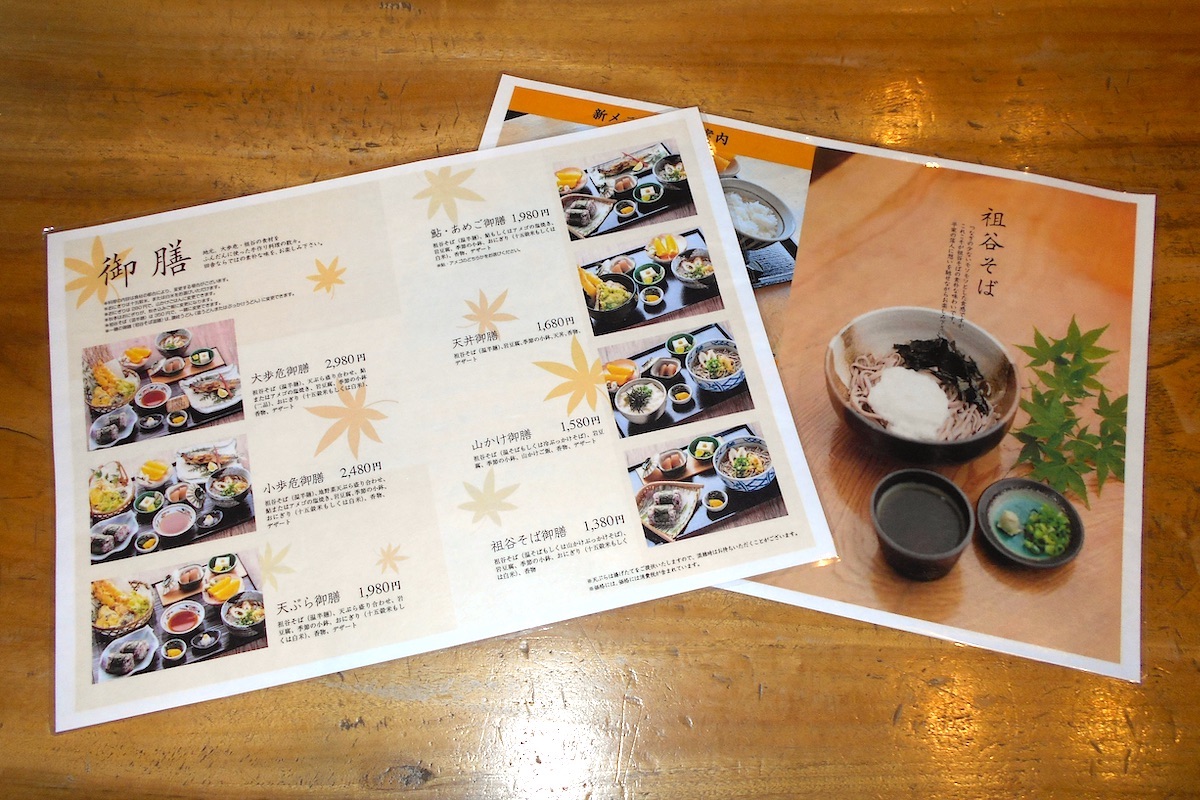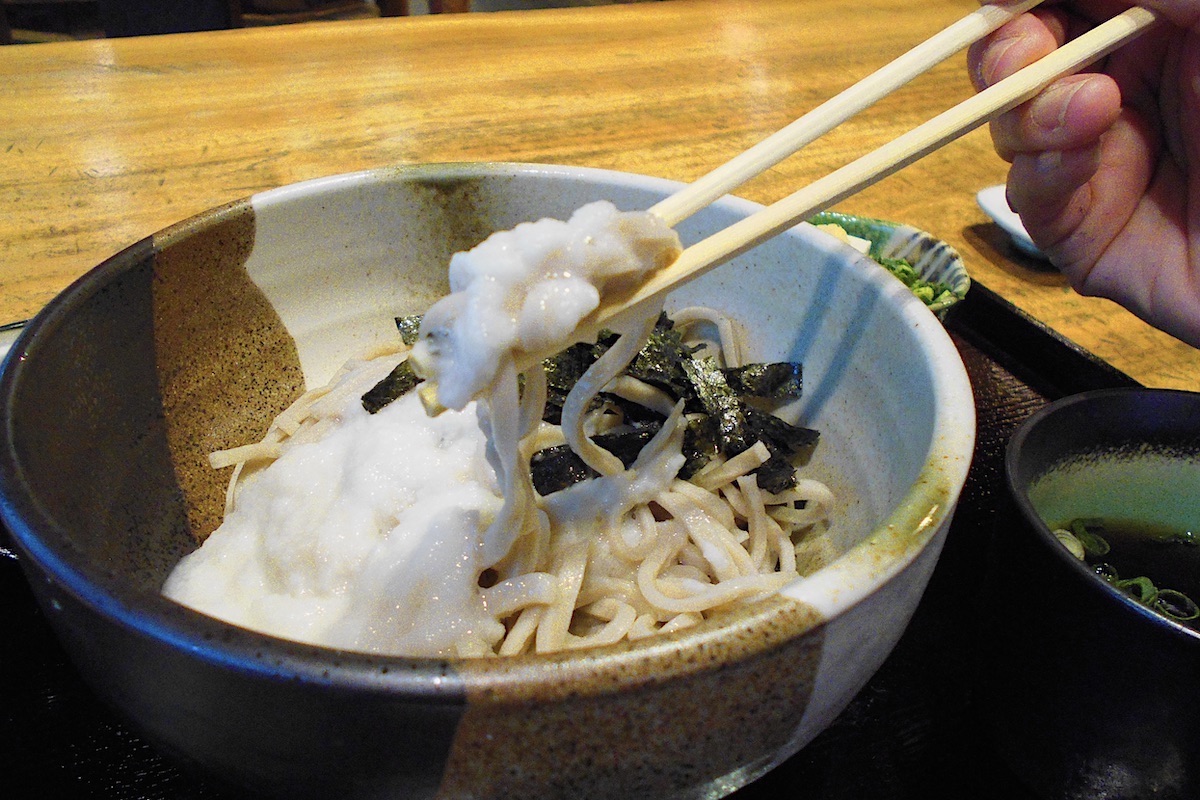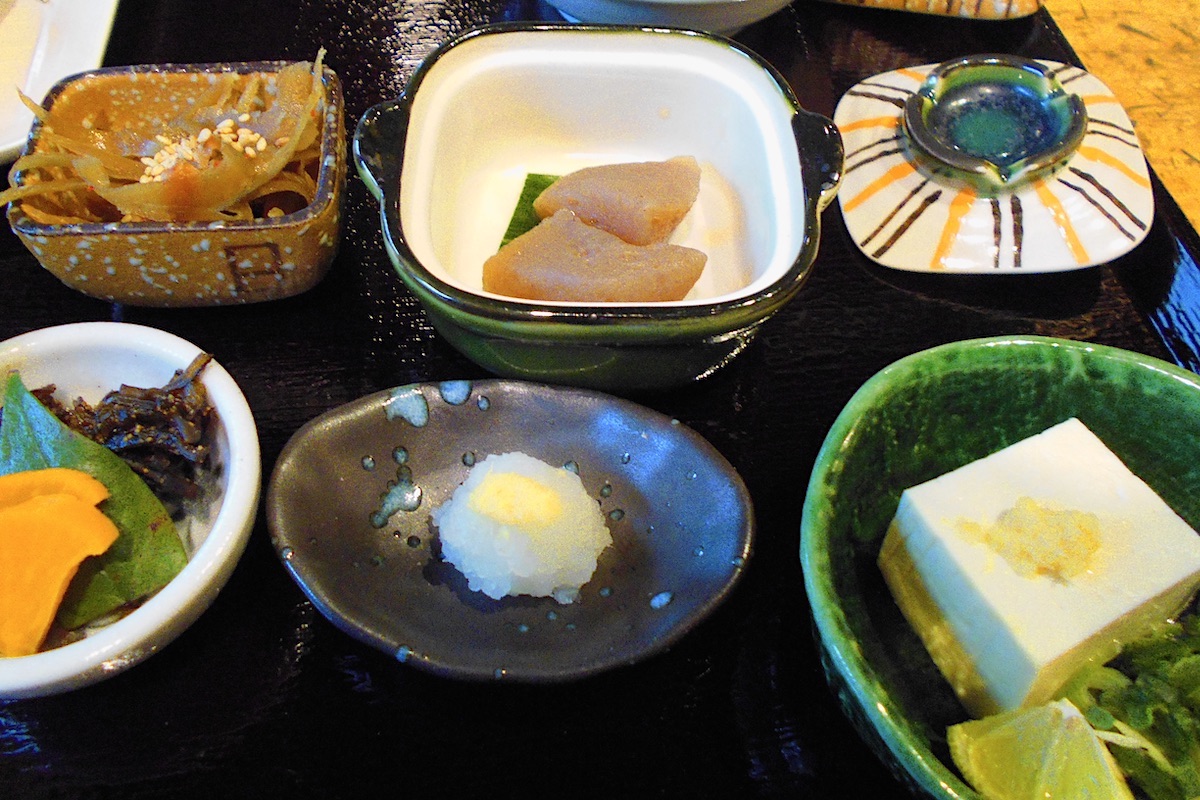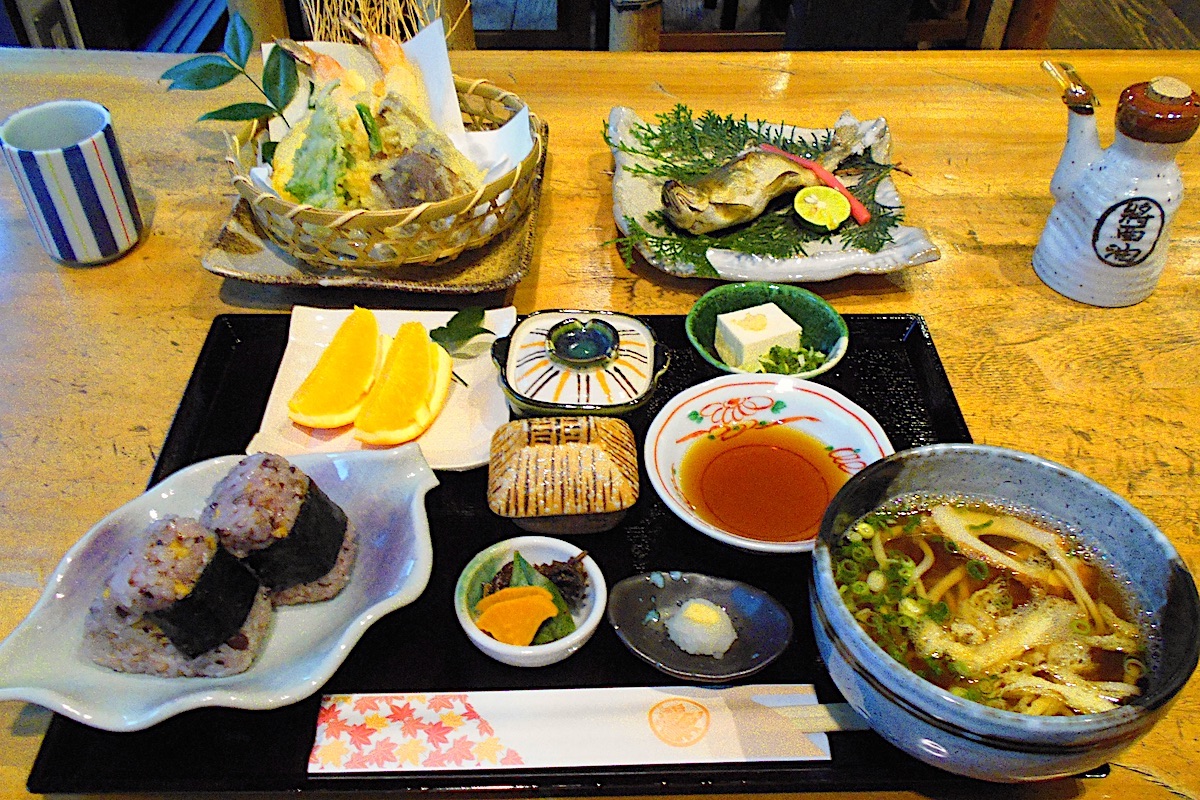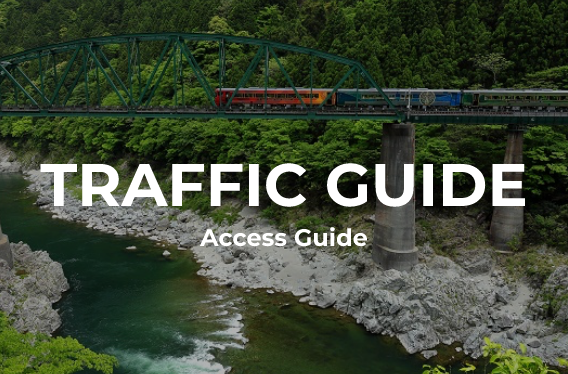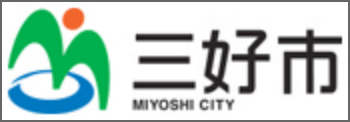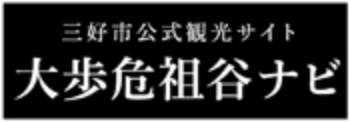Iya Soba at Momiji-tei: Part 2 | Discovering the Local Flavors of Miyoshi
2022.04.13
Located within the Oboke Gorge area of Tokushima’s Miyoshi City at the RiverStation West-West rest area, “Momiji-tei” is a restaurant situated in a stately thatched-roof farmhouse and serves authentic Iya Soba noodles as well as other local delights. It is a place for lovers of both food and architecture.
The Hometown Taste of Iya
At Momiji-tei, genuine Iya Soba noodles are one of the main dishes on the menu. The noodles are delivered fresh from the Iya Valley where they are handmade by Iya’s renowned soba master, Ms Tsuzuki of Higashi-Iya.
One unique aspect of Iya-style soba (buckwheat noodles) is that additional “filler” ingredients are not used, which is usually the case with soba noodles found elsewhere in Japan. The lack of these fillers gives the noodles a delicate texture, but it also means that the pure buckwheat flour noodles break apart rather easily.
Enhancing Iya Soba Even Further
Though Momiji-tei is proud of the soba it serves, they have adjusted the menu over the years to find the best serving methods.
Many people, both from Japan and abroad, image being served “zaru soba” whenever finding it on the menu (this is when the noodles are served in a pile on a separate dish and then one dips them into a soup as they are eaten). However, being that Iya Soba breaks apart so easily, eating it “zaru” style proved to be particularly difficult for customers.
But after a series of trials and errors, they realized at Momiji-tei that serving the noodles with a heaping scoop of “tororo” solved this issue.
“Tororo” is a type of root vegetable that looks like a long potato which is ground into a paste and eaten raw. The resulting white paste has a thick, sticky consistency that helps hold the soba noodles together.
And for sure, they found a winning and addictive combination, since the simple flavor of the Iya Soba is well balanced with the slight sweetness of the tororo, and it is no wonder that this now one of the most popular items on the menu.
Lots of Local Side Dishes
Though there is lots on offer on the menu, samplings of local dishes are always served on the side with every meal, even if just ordering a simple bowl of soba.
One side dish is the famed “Iwa-dofu” (“stone tofu”) of the Iya Valley, which gets its name from being particularly firm and dense. Another side dish is the local “konnyaku” (“konjac yam”, also called “Devil’s Tongue”) which is a type of gelatin paste made from the konjac yam that is grown in the small hillside farms of Iya.
“For whoever comes to visit Miyoshi City, we always provide small servings of these Iya treats in order for everyone to sample the range of local flavors,” explained Ms Yoko Nishimura, who owns and operates Momiji-tei.
The “Oboke Gozen” Specialty Set
There are also several full set courses available, and one of the most popular is the “Oboke Gozen”. This gorgeously served set includes a wide variety of dishes, and is sure to satisfy anyone’s quest for an authentic local Japanese meal.
On offer in the Oboke Gozen is tempura of local vegetables, soba noodles in soup, rice balls, and “amego” river trout, along with a wide range of side dishes.
Prior to opening Momiji-tei, Ms Nishimura was a full-time housewife for many years, and this was when she perfected her “secret recipe” for the deep-fried tempura, which has its own intrinsic taste and therefore does not need to be dipped into sauce as is usually done with other tempura.
In Part 3 we’ll take a closer look at the exquisite interior of this wonderful restaurant.
Momiji-tei
Momiji-tei is open daily for lunch. Closed Wednesdays in winter, but exact hours vary depending on season.
Tel: 0883-84-1117
For more info, check their website (in English):
http://west-west.com/en/momiji/
(Text & Photos by: Shaun Lamzy)
Related Posts
-
Exploring Oboke Gorge – Part 2 | A Place for Food, Fun… and Monsters?!
The thrilling cliffs of Oboke Gorge are formed by the mighty Yoshino River as it cuts its way throug
2023.03.21
-
Exploring Oboke Gorge – Part 1 | A Natural Wonder of Miyoshi City
The mighty Yoshino River flows across much of Shikoku, and as it cuts its way through the rugged mou
2023.03.20
-
Iya Kanko Ryokan – Part 3 | Inheriting the Tastes of the Iya Valley
Just a few minute walk from the famed Kazurabashi Vine Bridge, the Iya Kanko Ryokan has been welcomi
2023.03.19
-
Iya Kanko Ryokan – Part 2 | A Family-Run Business Where Life is a Juggle
The Kazurabashi Vine Bridge is one of the most renowned sights of the Iya Valley, and just a couple
2023.03.18
-
Iya Kanko Ryokan – Part 1 | A Traditional Inn near the Kazurabashi Vine Bridge
Acclaimed as one of Japan’s Three Unusual Bridges, the Kazurabashi Vine Bridge is one of the most fa
2023.03.17
-
The Shikoku “Yukigassen” Snowball Fight – Part 2 | The Heat of the Battle in Icy Conditions
The 19th annual “Yukigassen” Snowball Fight Tournament was held recently in the deep mountains of Mi
2023.02.19










